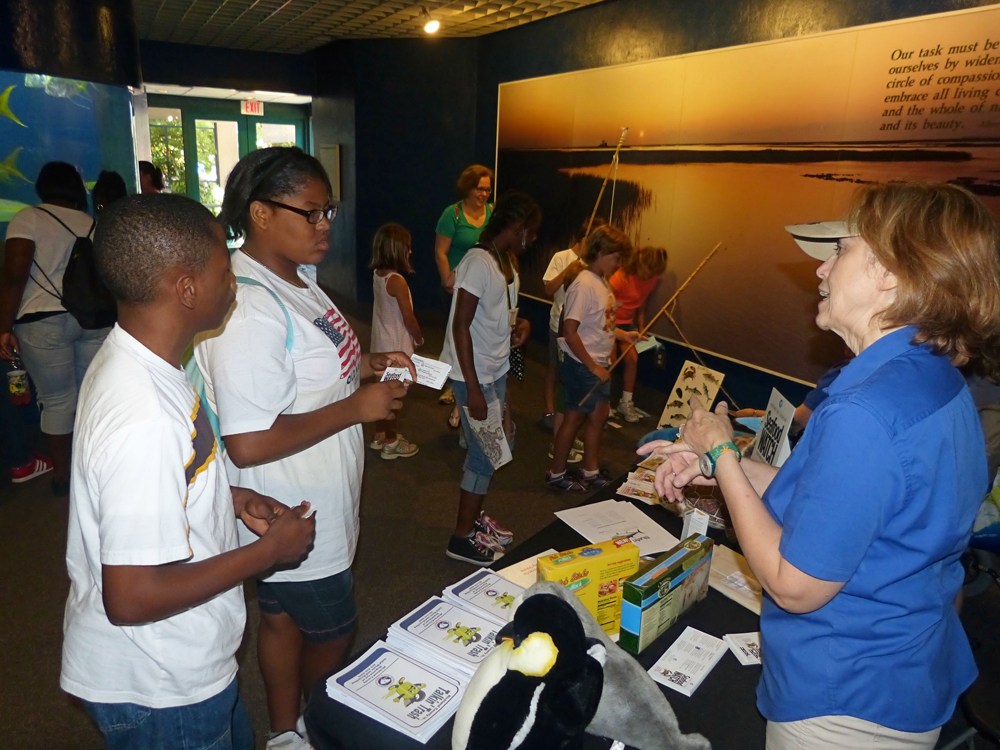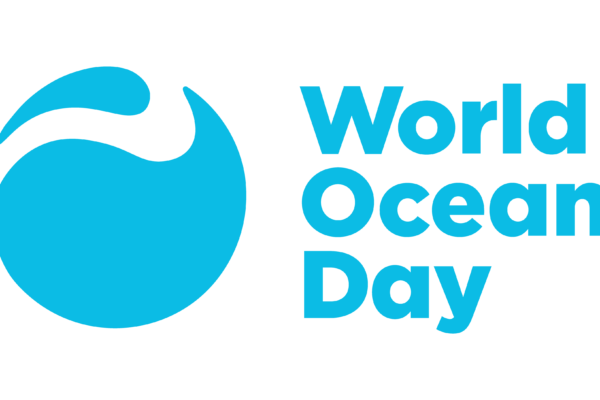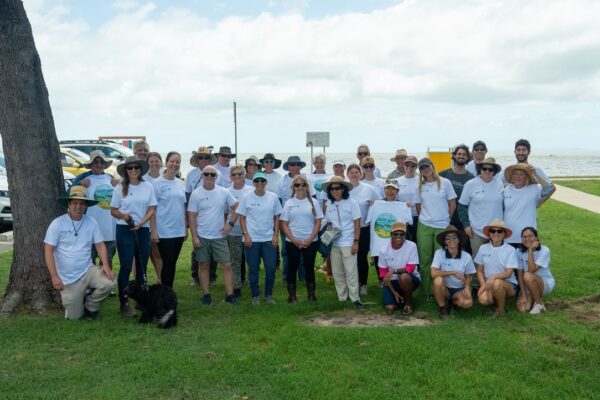Of course, there isn’t a ‘one size fits all’ answer to that question as each of us, and each of our institutions are different. However, based on our communications research as well as the examples shared with us, we know that there are six essential elements of a good ask.
A good ask meets visitors “where they are,” which, for aquariums and zoos active in advancing conservation, means recognizing that the vast majority of visitors already care about the animals and want to help solve the problems these species face in the wild.
It is positive in tone, reinforcing the way in which visitors see themselves as “green friendly” and part of the solution (even if it is also true that they are part of the problem). Asking visitors to do something, rather than to stop doing something is a good way to begin. Reinforcing things they’re already doing (e.g. recycling or buying more local or organic foods) is a good way to “ladder” them up to more impactful asks, while also helping to avoid the potential pitfall of the single action bias.
It promotes a solution that has, and can be easily recognized by visitors as having, the potential for a meaningful impact on the problem. If the problem is climate change, for example, a good ask will need to get a visitor beyond changing a light bulb. How much further visitors are willing to go is another question we know many of you are currently exploring. If possible, it’s always helpful to get an idea of your audience’s current level of engagement on a particular issue, so you that then you can tailor your message to their personal sense of what they think they’re able to do (we’ll address this idea, and give examples of how some institutions are already experimenting with it, in blog posts soon to come).
It is personal, rather than political. Our research has found that institutions such as zoos and aquariums are seen as good sources for information on the former, less so on the latter. The research tells us that suggestions that help people save energy at home, for example, are much more likely to resonate in the context of a zoo or aquarium visit than the costs and benefits of a carbon tax.
It is verifiable, ideally with a clear commitment made. Ideally there will be an initial action taken on site – even token small actions of commitment have been shown to increase likelihood of further engagement. This is a plus, since as we know many of you share our interest in going beyond measures of outputs to measures of outcomes and impact!
It is inspirational, sparking visitors to learn more, do more and/or share more in a way that can be tracked and measured.
And, of course, a good ask plays to the unique strengths of zoos and aquariums: it is connected back to the animals. Do you have other ideas or examples? Hopefully we’ve inspired you to share them with us and the rest of the network!




